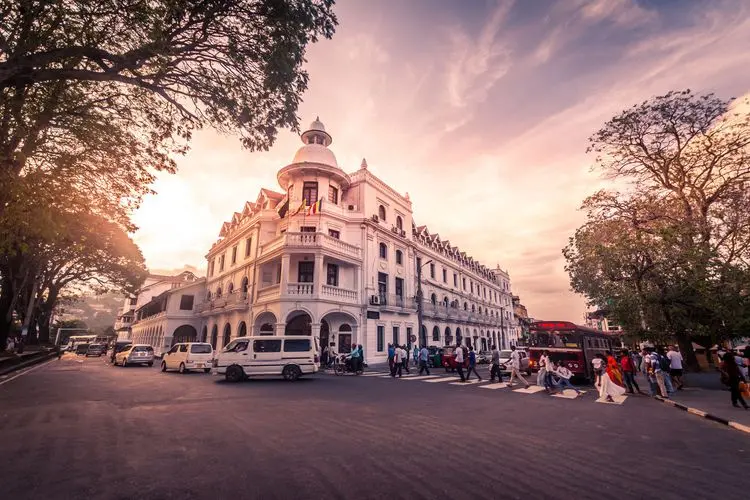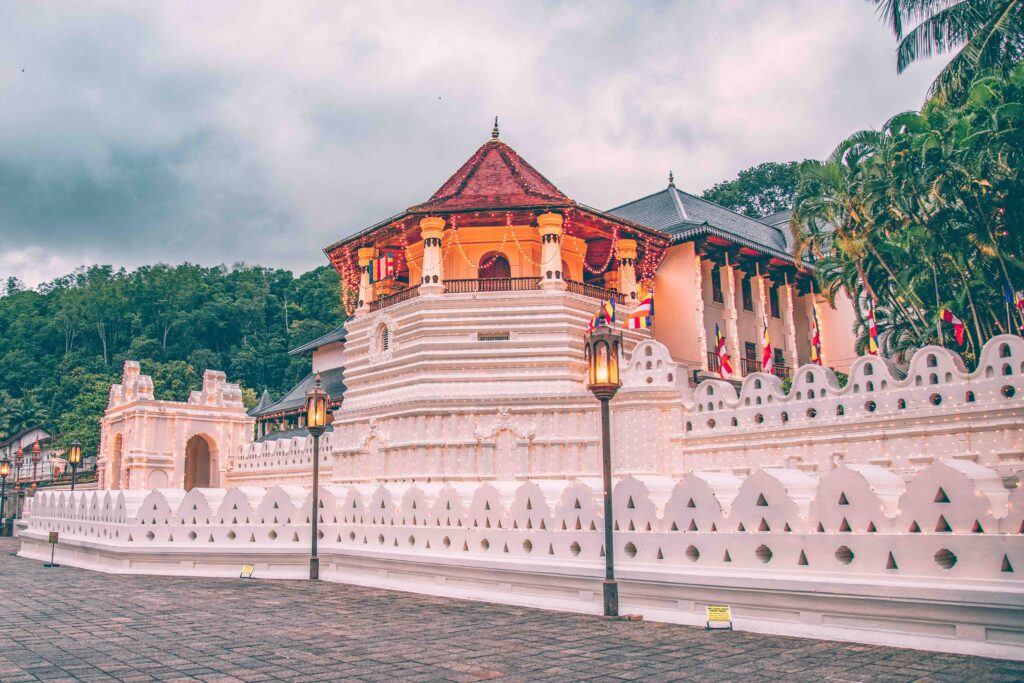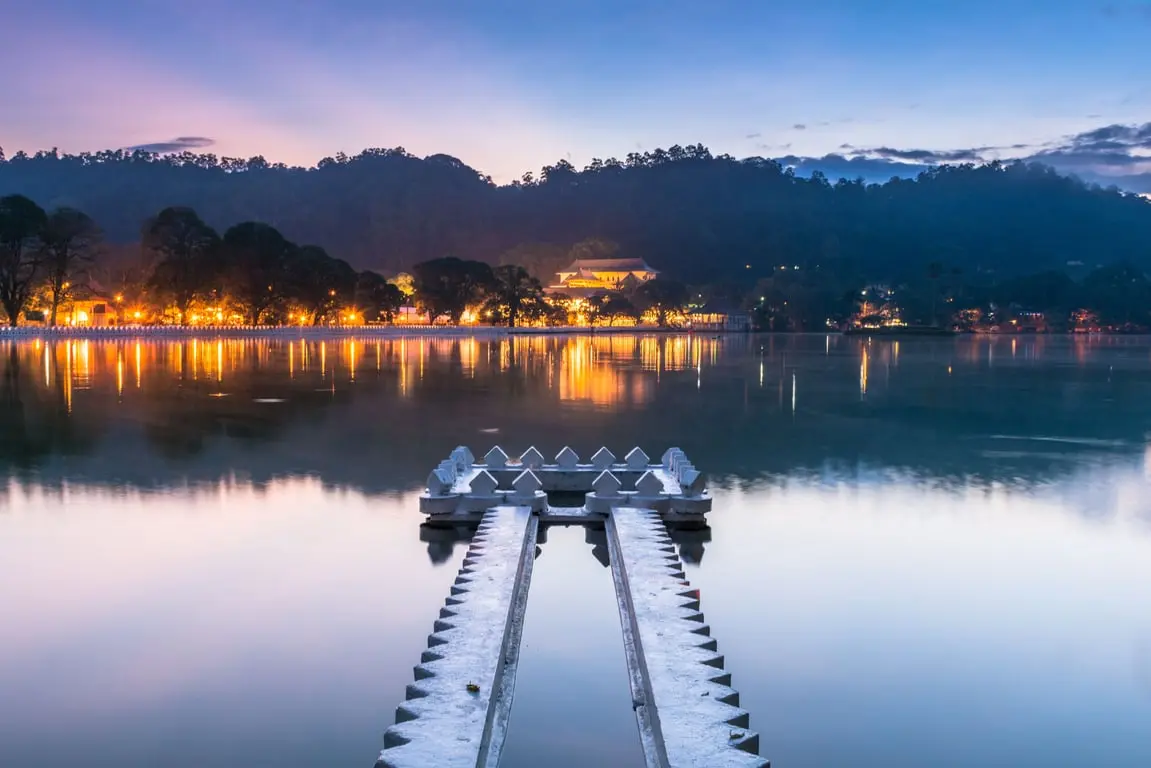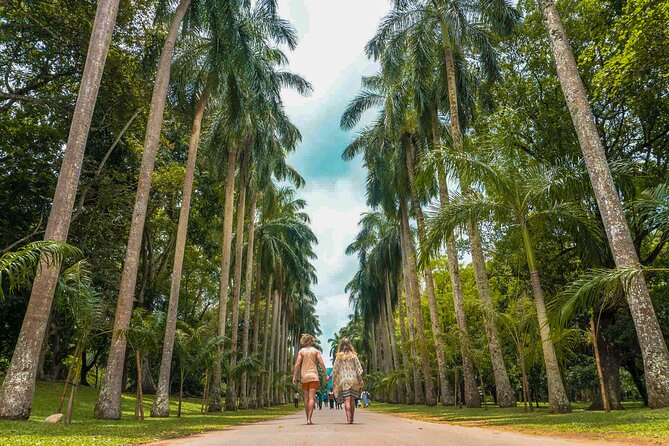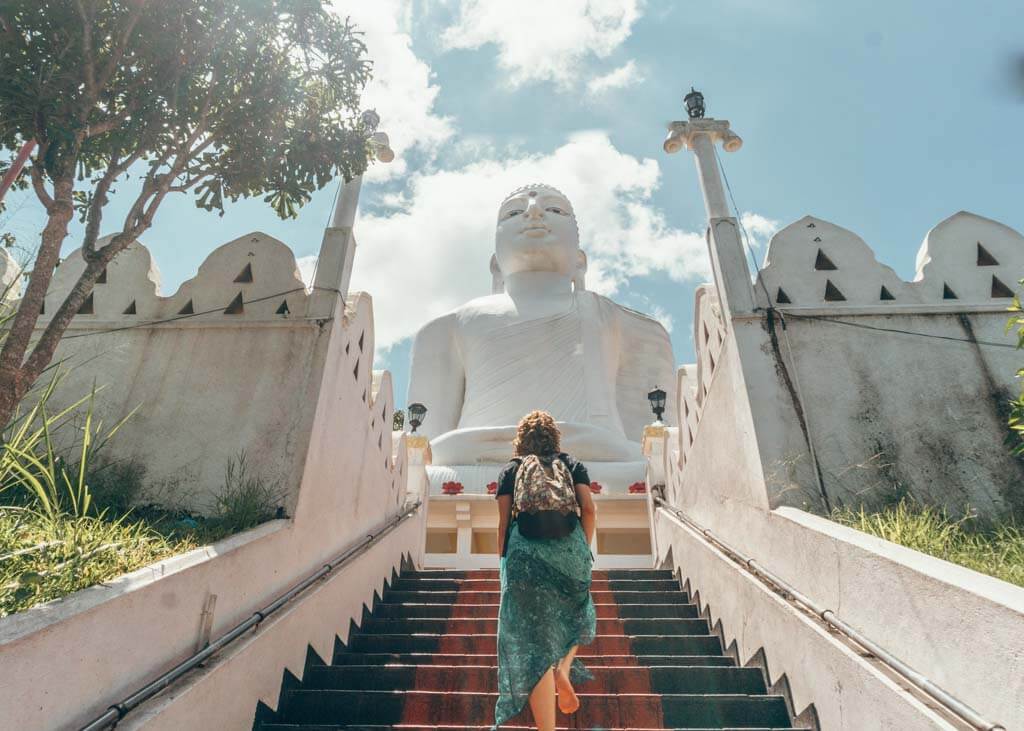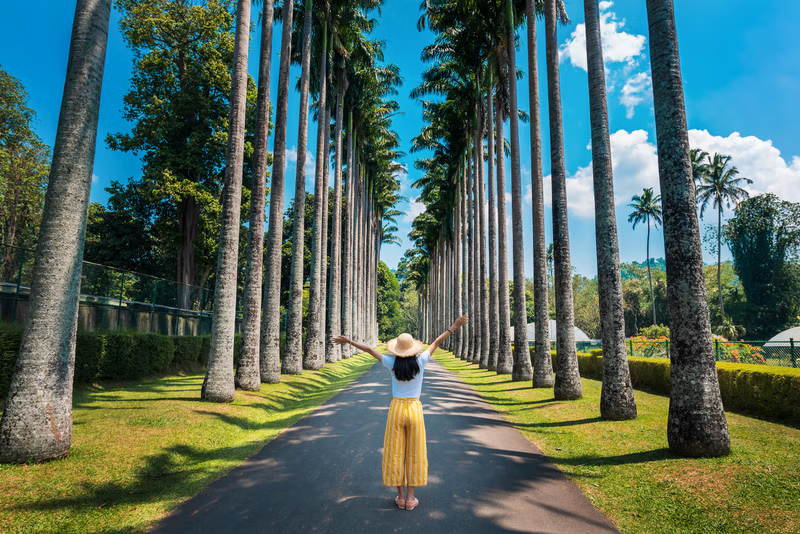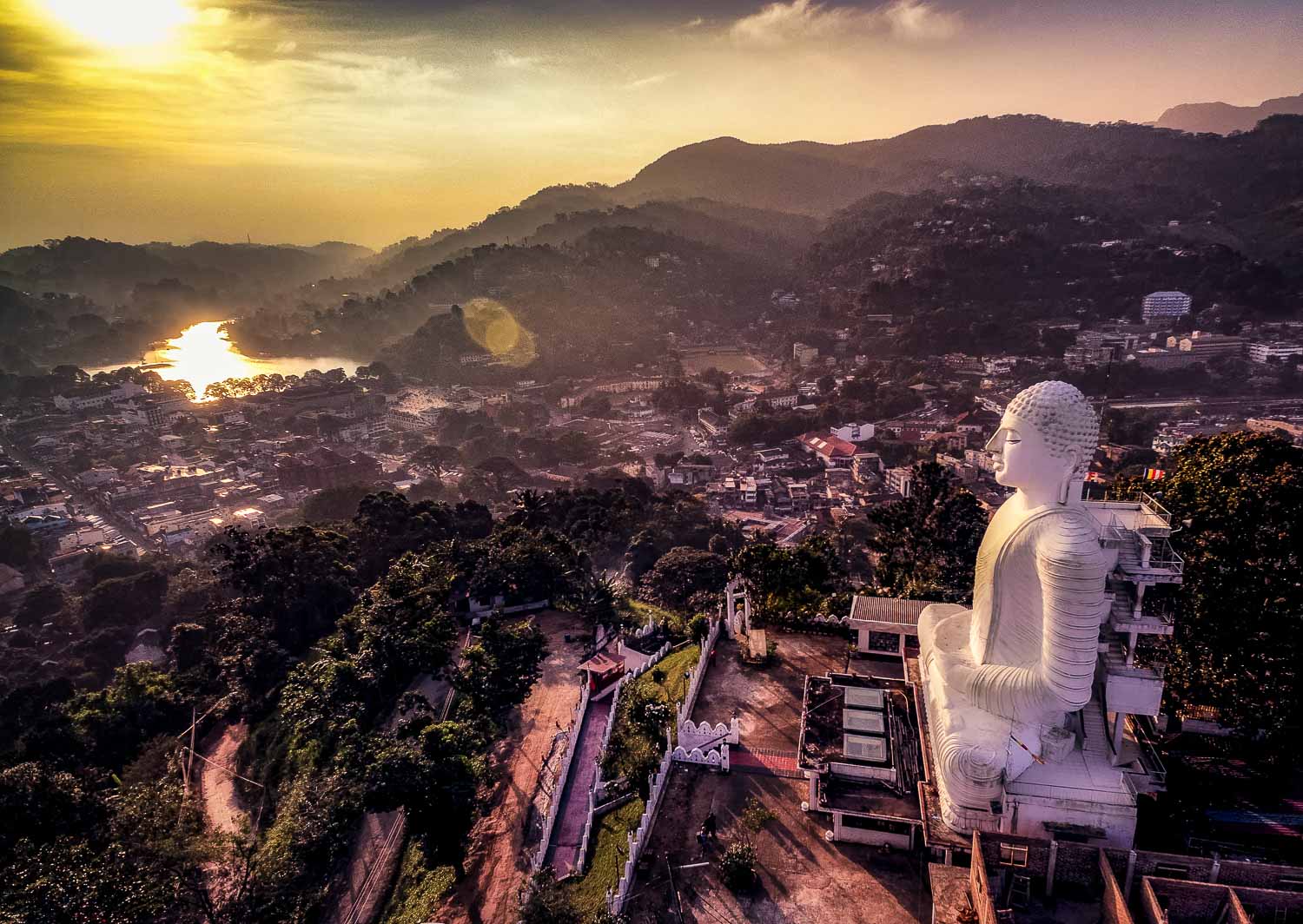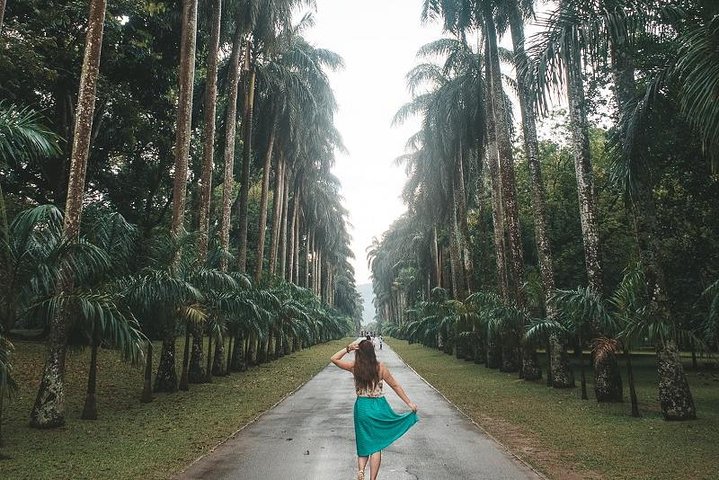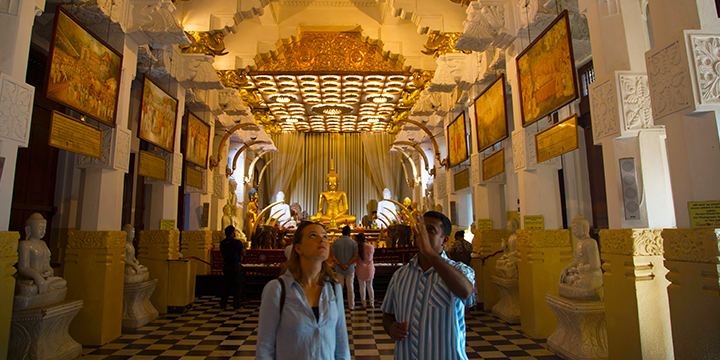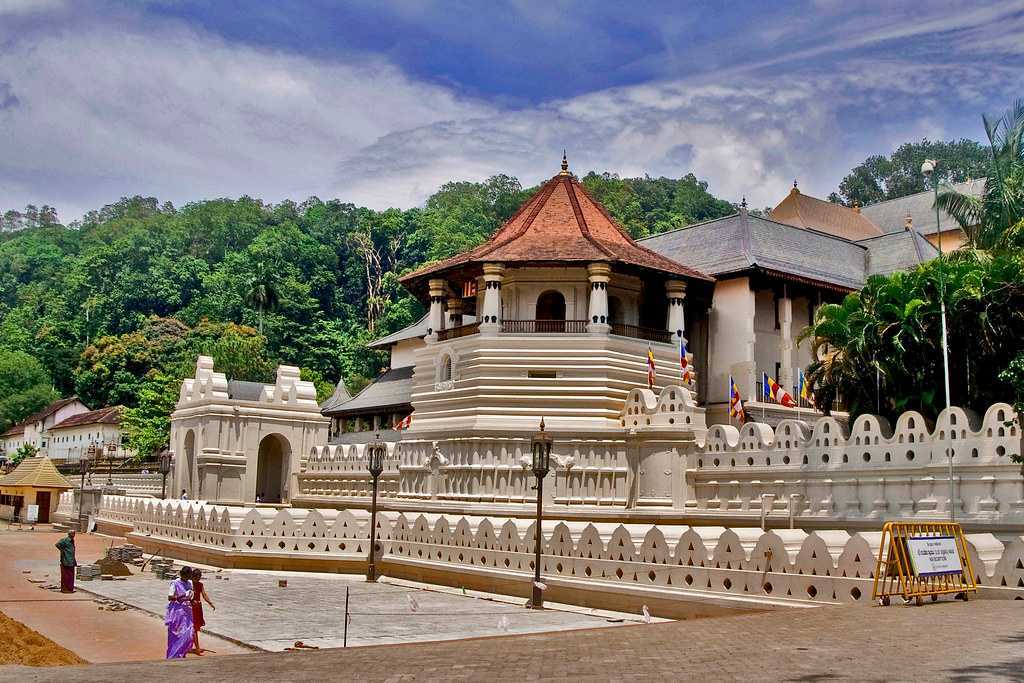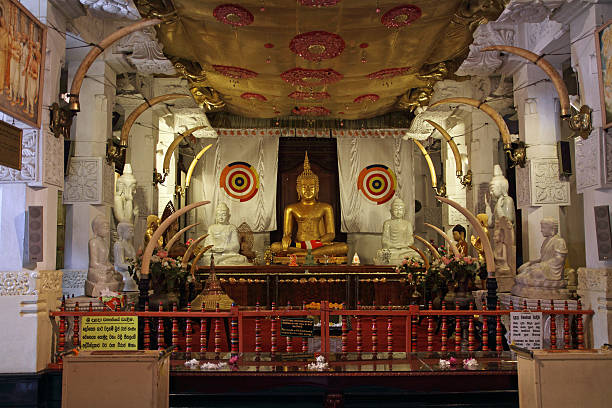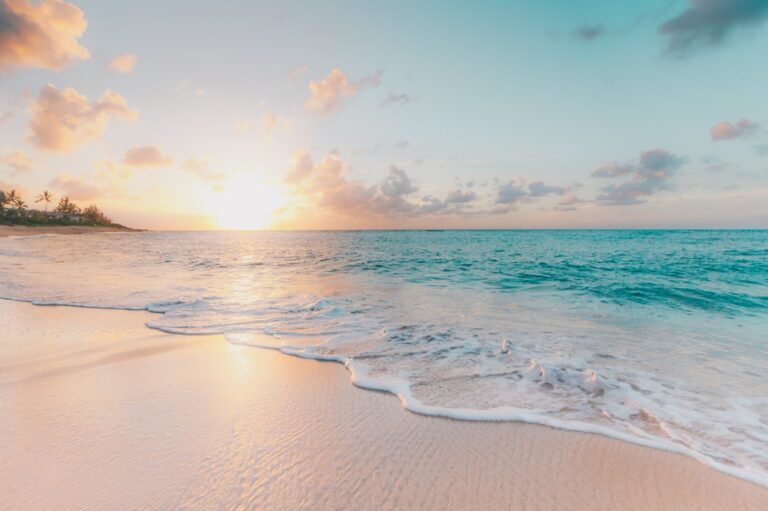History of Kandy:
Kandy has a rich history, deeply rooted in Sri Lanka’s cultural and spiritual heritage. It was the capital of the Kingdom of Kandy from 1592 until the British colonization in 1815. The kingdom was the last independent kingdom in Sri Lanka before the island was brought under British control.
Kingdom of Kandy (1592–1815):
The Kandy Kingdom is significant for its role in preserving the Sinhalese culture, Buddhism, and the island’s independence for centuries. The kingdom fiercely resisted foreign invasions, particularly from the Portuguese and Dutch, before eventually succumbing to the British in the early 19th century. The capital was moved to Kandy as the kingdom grew in power, and the city became the center of cultural and religious life for the Sinhalese people.Sri Dalada Maligawa (Temple of the Tooth):
One of the most significant landmarks in Kandy is the Temple of the Tooth (Sri Dalada Maligawa), which houses the sacred tooth relic of the Buddha. This relic has been central to Kandy’s historical and spiritual significance, as the holder of the relic was traditionally seen as the ruler of Sri Lanka. The temple has been a site of pilgrimage for centuries, attracting Buddhists from all over the world.Colonial Period:
In 1815, the British defeated the last king of Kandy, Sri Vikrama Rajasinha, and brought the island under British rule, but Kandy retained much of its cultural and historical importance. Today, Kandy remains a symbol of Sri Lankan independence and a cultural treasure.
What to Do in Kandy:
1. Visit the Temple of the Tooth (Sri Dalada Maligawa)
The Temple of the Tooth is the most important and iconic religious site in Kandy, and perhaps in all of Sri Lanka. This Buddhist temple is famous for housing the sacred Tooth Relic of the Buddha. Pilgrims from around the world come to Kandy to pay homage to the relic.
What to Do Here:
Explore the beautifully decorated temple complex, which includes the Shrine Room, Pond, and the Golden Canopy.
If you’re lucky, you can witness the Pooja Ceremony, a daily ritual in which offerings are made to the Tooth Relic. It’s a captivating cultural experience.
Learn about the significance of the relic and the role it has played in Sri Lanka’s history and Buddhism.
2. Kandy Lake (Bogambara Lake)
Situated right next to the Temple of the Tooth, Kandy Lake is an artificial lake built in 1807 by the last king of Kandy, Sri Vikrama Rajasinha. The lake is an excellent spot for a leisurely walk, offering beautiful views of the surrounding hills and the temple.
What to Do Here:
Enjoy a peaceful walk around the lake, taking in the scenic beauty.
Take a boat ride on the lake for a different perspective of Kandy’s landscape.
Photograph the stunning views of the Temple of the Tooth from the lakeside.
3. Royal Botanical Gardens, Peradeniya
Located just a short distance from Kandy, the Royal Botanical Gardens in Peradeniya are among the most famous gardens in Sri Lanka. The gardens cover 147 acres and boast over 4,000 species of plants, including orchids, spices, and medicinal plants.
What to Do Here:
Explore the vast collection of plants, including the Avenue of Palms and the Coconut Palm Collection.
Visit the Tree of Life, a huge giant Javan fig tree that is a standout feature of the garden.
Take a stroll along the Rajarata Path to see ancient trees and exotic plants, and enjoy the peaceful atmosphere.
4. Kandy View Point
For panoramic views of the city, Kandy View Point offers a spectacular spot to see the city from above. Located on a hill, it provides a perfect vantage point to photograph Kandy’s lake, temple, and the surrounding mountains.
What to Do Here:
Take in breathtaking views of the Temple of the Tooth and the surrounding hills and valleys.
Capture photos of Kandy from one of the best viewpoints in the city.
Visit the viewpoint around sunset for a stunning, golden-hour experience.
5. Cultural Show at Kandy
Experience the traditional dance and music of Sri Lanka by attending the Kandy Cultural Show. The show typically includes fire dances, traditional Kandyan dancing, and performances showcasing the island’s rich cultural heritage.
What to Do Here:
Watch the colorful Kandyan dance performances, characterized by energetic drumming and elaborate costumes.
See the famous fire walking and fire breathing performances.
Learn about Sri Lanka’s dance traditions and their importance in local culture.
6. Kandy Market and Shopping
The Pettah Market in Kandy is a bustling place where you can shop for local handicrafts, spices, tea, and traditional Sri Lankan textiles. It’s a great spot to pick up souvenirs and experience the vibrant local atmosphere.
What to Do Here:
Browse local markets for Ceylon tea, handmade jewelry, wooden carvings, and batik fabrics.
Visit local spice shops to purchase Sri Lankan spices like cinnamon, cardamom, and cloves.
Take home traditional Sri Lankan handicrafts, such as masks and lacquerware.
7. Udawattekele Sanctuary
Just a short distance from the city center, Udawattekele Sanctuary is a protected forest reserve offering walking trails, birdwatching, and a tranquil retreat in nature. The sanctuary is home to a variety of flora and fauna, including monkeys, birds, and butterflies.
What to Do Here:
Take a nature walk through the forest and enjoy the peaceful surroundings.
Go birdwatching and spot a variety of species, including the Sri Lanka junglefowl and purple-faced langur monkeys.
Enjoy the serenity of the forest, which is a peaceful escape from the bustling city.
8. Kandy Clock Tower & Local Landmarks
Explore the historic Kandy Clock Tower, a significant landmark in the city. The tower, built by the British, offers a glimpse into the colonial-era architecture of Kandy.
What to Do Here:
Visit the clock tower and take photos.
Explore other nearby landmarks, including Kandy’s local temples and colonial buildings.
Best Time to Visit Kandy:
The best time to visit Kandy is during the dry season, from November to April, when the weather is more pleasant and ideal for sightseeing. Kandy Esala Perahera, held in July or August, is also an excellent time to visit, as it’s one of the largest and most famous Buddhist festivals in Sri Lanka, featuring a spectacular parade with elephants, dancers, and drummers.

